Description
Publication date: 2020
Editorial : Architecture in Representations
Karim Basbous
Read moreThe efficacy of a sketch and the effect produced by a building or a painting have something in common: in each case, it is an issue of representation. But representation of what? This is the question that informs this issue of Le Visiteur, which explores the multiple facets of representation to which architecture is exposed: firstly, the design process that involves drawings, diagrams, and models, and secondly, the capacity of buildings to embody symbols, ideas, and principles. Then there is the way the built environment is in turn exposed to representation in painting, cinema, and these days Instagram, whose success reveals a vast universal appetite for photography, to the point that a site can scarcely be discovered without it. Broadening the question of representation right across the arts and their dialog opens up an endless quest: the following articles seek to lay down a few markers.
We have inherited a culture of the architectural project based on a specific idea of what plans, sections, and models look like. This culture has fostered a time for thought in the work process, where the project could develop at a certain remove from the pragmatic requirements of the building site. Is this culture now a thing of the past? How can it be maintained, even renewed, in a context of production marked by real-time technologies of representation and coordination? How has software transformed our ability to design and produce? Have digital models helped gradually dismantle the architect’s skill set, or do they herald a new economy of design work whose consequences have yet to be measured?
This culture is also the fruit of a long complicity between the arts. Architecture and painting have often represented each other, opening up an imaginary space whose dimensions are explored by Jacques Rancière in a register reaching from Claude Lorrain’s imaginary landscapes to Rem Koolhaas’s projects, via Constant, Appia, El Lissitzky and Mies. Rancière seeks out connections between works in his own inimitable way, practicing the art of the “serious stroll” through knowledge, taking a particular interest in English gardens. And if there is one art form that plays with representations and signs, it is gardening: Denis Ribouillault’s article probes its conceptual underpinnings in a sweeping panorama from Antiquity to the nineteenth century.
Jean-François Chevrier draws on two notions that have had a significant impact on art—the enigma and the analogy—found in artists as varied as Tatlin, Rossi and Duchamp. He studies their use in context and questions the two concepts which are used in art works to offer up, by means of representation, a form of knowledge whose meaning slips away as soon as it is uttered. Analogy can bring architecture to dead ends when considered literally, or when buildings are content to be seen as mere objects. The architects who stray into such dead ends overlook the immersive experience inherent in architecture, the various aspects of which are studied by Frédéric Vengeon.
At a time when political representation is in crisis, can the same be said for representation by means of architecture and the urban environment? What do our monuments now mean? My own article takes grandeur and luxury as two starting points for an exploration of what buildings represent, the power of architecture, and the reactions it generates.
The representation of a building several centuries after it was destroyed is something Antiquity invites us to contemplate when all that remains are texts to give us an idea of houses that are no longer standing. Mireille Courrént discusses, represents, and imagines without images to introduce the reader to the functions of Roman houses through the writings of Vitruvius and Pliny the Younger.
Francesco di Teodoro likewise looks at the relationship between representation and interpretation. A possible textual error raises a question over the meaning of the third “view” in Vitruvius’s treatise: alongside the plan (ichnographia) and elevation (orthographia) is what some see as a section (sciographia) and others as a perspective (scaenographia). Raphael’s letter to Leo X, an important milestone in the history of architectural projects, gave fresh impetus to a debate that is far from over: those arguing for sections have a considerably different view of the nature of architectural projects to those on the side of perspective.
Perspective became paradigmatic in terms of visual representation over five centuries ago; we have no idea as yet whether the technological developments of today will have the same effect, but the question is worth asking. François Frédéric Muller looks at the effects of virtual reality headsets. Do they herald an equally significant new departure? The critical gaze Muller brings to bear on such new tools is vital in understanding changes to project work and to the way property developers promote their sites.
The present issue also contains three articles unrelated to the main theme. The image used by Le Corbusier to refer to housing, a “machine for living in”, has been a constant intellectual stimulus. Pierre Caye’s reading takes the opposite tack to mechanistic, productivist approaches, shedding light on the profoundly unproductive dimension inherent in the expression.
Architecture as a whole can be seen as a machine for transforming time and space—something the Modernist movement did much to foreground. Was its end programmed? This is the question raised by the architecture critic Ada Louise Huxtable in a 1981 article in the New York Review of Books. The remarkably clear-sighted text, which still resonates today, has here been translated into French for the first time.
To be true to our name, Le Visiteur, we need to keep visiting buildings: in architecture, they still remain the concrete proof of the value of ideas. Olivier Gahinet draws on a house by Nicolás Campodonico to flesh out a theory (and history) of the architectural project of the sort now rarely attempted.
Translated from the French by Susan Pickford
Shifting Architectures
Jacques Rancière
Read moreAn art form is always also its own name, a way of saying and showing what the art form does and what art is. For Kant, architecture is the art of the “sensible truth”, lending the idea material for, exactly matching its means to its ends. But this same power places it at the limits of art, which lives on appearances and the lack of differentiation between means and ends.
Hence the constant efforts to strip it of its finality and solidity by placing it in the realm of appearances.
Eighteenth-century reformers in garden art countered the symmetrical beds laid out by architects with free natural scenes and populated their gardens with useless follies whose designs they borrowed from imaginary architecture in paintings. Around 1900, theatre reformers designed “rhythmical spaces” to free up musical drama from anecdote and painted sets, or dreamed of a new kind of space in which the “moods” of a staircase would replace the contortions of actors mimicking emotional states. After the Soviet revolution, architects dreamed up cities floating like clouds in paintings. Today, others still dream of themselves as poets. The article looks at the aesthetic and political issues raised by these shifts in architecture.
Enigma and Analogy
Jean-François Chevrier
Read moreEnigma is not only a probable attribute of representation, it is also and above all a vehicle of analogical thought. Like modern art, architectural theory and practice have participated in the vast debate between poetic analogy and mimetic representation. Ever since the nineteenth century, analogy has permeated the realm of topographic views (vedute) and architectural imagery. It has become part of the mental baggage of architects and urban planners, for it supplies model-images. Through analogy, enigmatic motifs (or elements) graft themselves onto commonplaces of representation and onto constructive typologies. This phenomenon also applies to the intersecting history of the arts and technology. Analogy links the interpretation of architectural forms to culture’s underlying movements.
Luxury or Grandeur
Karim Basbous
Read moreMy hypothesis is that Western architecture is rooted in two principles: grandeur and luxury. The former arose from the temple that underpinned the founding rituals of the City, the latter from the private homes of the wealthy, whose decor and splendour marginalised their primary functions as shelter. Grandeur is a quality by which buildings are set apart from others, attaining the status of monuments, while luxury is a supplement that ennobles the everyday. Luxury and grandeur have, by turns, each had an upper hand in architecture, from Antiquity to the present day: they have been rivals and companions, one mimicking the other, sometimes to the point of merger. Yet despite their similarities, one key difference sets them apart. This difference sheds new light on the laws of desire and social rivalries, the influence of religions, our idea of State, and how we deploy the wealth we generate. For the subtle blend of seduction and domination, gentleness and power, elegance and ostentation, magnificence and mistrust, is a work in its own right: it is the art of representation, both public and private, that underpins the political and social edifice of our civilisations, in which architecture holds first rank.
A House in the Eyes of the World: Roman Representations of Private Architecture
Mireille Courrént
Read moreRoman houses represented one of two paradigms. In the city, the domus had the prime function of representing its owner to the world and of displaying his merits and values to its visitors: thus, of visually projecting his social image. However, the patron’s vision had to pass through the work of the architect. The exchange of ideas between them regarding the image they had of the house was founded on three types of graphical representation (ichnography, orthography, scenography) and on considerations given to perspective and viewpoints. In the country, over and above the structure of the building, the villa was considered within another sphere of representation, that of its environment, an aspect the Romans were particularly aware of. This paradigm strongly affected the way in which they inhabited their houses, and gave rise to a literary tradition, exemplified in particular by the letters of Pliny the Younger that describe his villas.
Raphael and the Letter to Leo X: Drawing like the Ancient Romans
Francesco Paolo Di Teodoro
Read moreThe Letter to Leo X written by Baldassare Castiglione and Raphael in 1519 was of major importance to the definition of architectural drawing and the different types of views that composed the orthogonal representation of architecture. The Letter was originally written to be a dedicatory epistle for a plan of imperial Rome. Not only had the city been drawn from the tops of its hills but the most outstanding buildings had been represented using the three “modes”: “pianta, o vogliam dire dissegno piano” (plan or rather flat drawing); “parete di fori” (elevation), “parete di dentro” (section). In other words, using orthogonal projection, to use the modern terminology of descriptive geometry introduced by Gaspard Monge. In the translation of Vitruvius’s De architectura made by Fabio Calvo for Raphael in 1519–20, the three words ichnographia, orthographia and scænographia were translated as plan, elevation and section, and not, as was customary for translations of the text, as plan, elevation and perspective. It behoves us to understand how Raphael, running counter to the greater part of the architectural tradition of the Renaissance, reinterpreted Vitruvius in favour of a purely orthogonal conception of architectural representation.
Garden Architecture: From Representation to Transfiguration
Denis Ribouillault
Read moreThe question of the representation of architecture immediately raises the issue of the relationship between the arts. The point is no longer architecture as such, nor the various media used to represent architecture—drawings, paintings, stage sets, sculpture, architecture itself, or even photography and digital technologies. Rather, it is the transition, the trajectory, the relationship between these media that must be examined. In other words, it is the “re” of “re-presentation” that has to be grasped in its temporal, artistic, social, political, and media-related complexity. This article addresses the special status of architecture in the realm of gardens, and more specifically the way that architecture is “fluid” or “liquid” in a metamorphic sense, moving through a variety of media, varying in scale, effecting a complex process of “transfiguration.” From rustic or topiary constructions during the Renaissance through Baroque concepts of metaphor up to the eighteenth century’s optical experiments, the author shows how Renaissance, Baroque, and picturesque gardens were forerunners of the virtual spaces of digital architecture that establish a new relationship to the senses and the imagination.
The Operation of the Edifice
Classical Architecture and Representation
Frédéric Vengeon
Read moreI want to defend the idea that architecture, as architecture, as the arche or the principle of construction, has a relation to space that is not one of representation but of configuration. Its meaning is not in the order of signs or images but of spatial operation, and for this reason it is unrepresentable. A building is a structure that withdraws, operating where a series of heterogeneous representations come together. It is not an object in space that becomes visible by allowing itself to be circumscribed, but an encompassing structure that enables an immersive experience of space and a delimitation of thresholds. Although it may bear figures and, sometimes, symbols, it represents nothing and cannot be reduced to images, however mobile these may be. And it is paradoxically because of this exteriority in relation to representations (both those it supports and those that are made of it) that architecture can exceed its uses in order to structure symbolic space and enable an exercise of freedom.
The Real is the Virtual, but Dirtier
François Frederic Muller
Read moreFrom pen to Rotring, from pencil to laser printer, architects have never ceased acquiring new techniques for refining the representation of their projects. Moore’s Law predicts the exponential growth of the computing power placed in the hands of virtuoso perspectivists. Realistic textures and lighting simulations are now accessible to all. Out of pique or by calculation, more and more architects are coming back to manual representation. And yet the new technologies that have emerged, originally in video games and medical imaging, make it possible to totally immerse ourselves in an imaged space. Virtual Reality headsets are becoming increasingly common, allowing us to move around prefabricated worlds that can be altered in real time. The frontiers of representation are receding but new questions are being raised. How far will the temptation take us to use virtual reality in order to convey a project? How should we handle the tools that will enable us to both represent a building and change it in real time? Why has the market been so quick to take up these tools? And, finally, if it is very exciting to explore the new visual territories offered by these techniques, do we not also need to understand that these techniques are depriving us of one of the pleasures that we take, more or less shamefully, in representing projects, the pleasure of cheating?
Architecture as Machine
Economy, Time, Effort
Pierre Caye
Read moreThere is nothing mechanical or exclusively modern about this definition. A mechanical understanding of architecture is already clearly present in Vitruvius’s De architectura. The machine can simply be defined, following the Encyclopedists, as a device that saves effort and time. This definition applies to architecture as well as to all types of machine through the history of technology. Simply the notions of time, effort and even economy are ambiguous and do not have the same meaning depending on the type of machine. This paper will focus on the meaning given to these terms by the machine of eurythmic architecture, based on the finitio lineamentorum, concinnitas, and linear harmony so characteristic of architecture in the humanist and classical ages.
Is Modern Architecture Dead?
Ada Louise Huxtable
Read moreModern architecture has been declared dead and the wake has been held in the better art journals. News of its death has finally filtered down to that part of the popular press that is always on the alert for cultural trends to exploit. The word that modernism is out and post-modernism is in is being spread systematically and redundantly on the lecture and exhibition circuit. The schools of architecture, coming out of the chaos of the Sixties and the drift of the Seventies—belatedly responsive, as usual, to the call for revolution—are beginning to turn out post-modernists instead of modernists, which means that a new set of mannerisms is being substituted for an old set of clichés. Those of us who are inveterate observers of the half-truths and false premises that fuel the fashionable intellectual world are watching with mixed feelings.
The Inward-Looking House
(On a Project by Nicolás Campodonico)
Olivier Gahinet
Read moreWhereas the qualities of many contemporary houses being published today derive from their setting in an outstanding landscape, some architects continue to design houses for sites “without qualities.” The beauty of these houses is found within. Such is the case of the one Nicolás Campodonico has just completed in Rosario. It constitutes the latest variation on a form that can be recognized in architecture from the Renaissance as well as from the heroic modernist period. Tracing the history of this form means sketching a projective history of architecture, a history that belongs not to history teachers but to architects. The important thing is not that it be true, but that it help us to understand—and to implement—projective design.

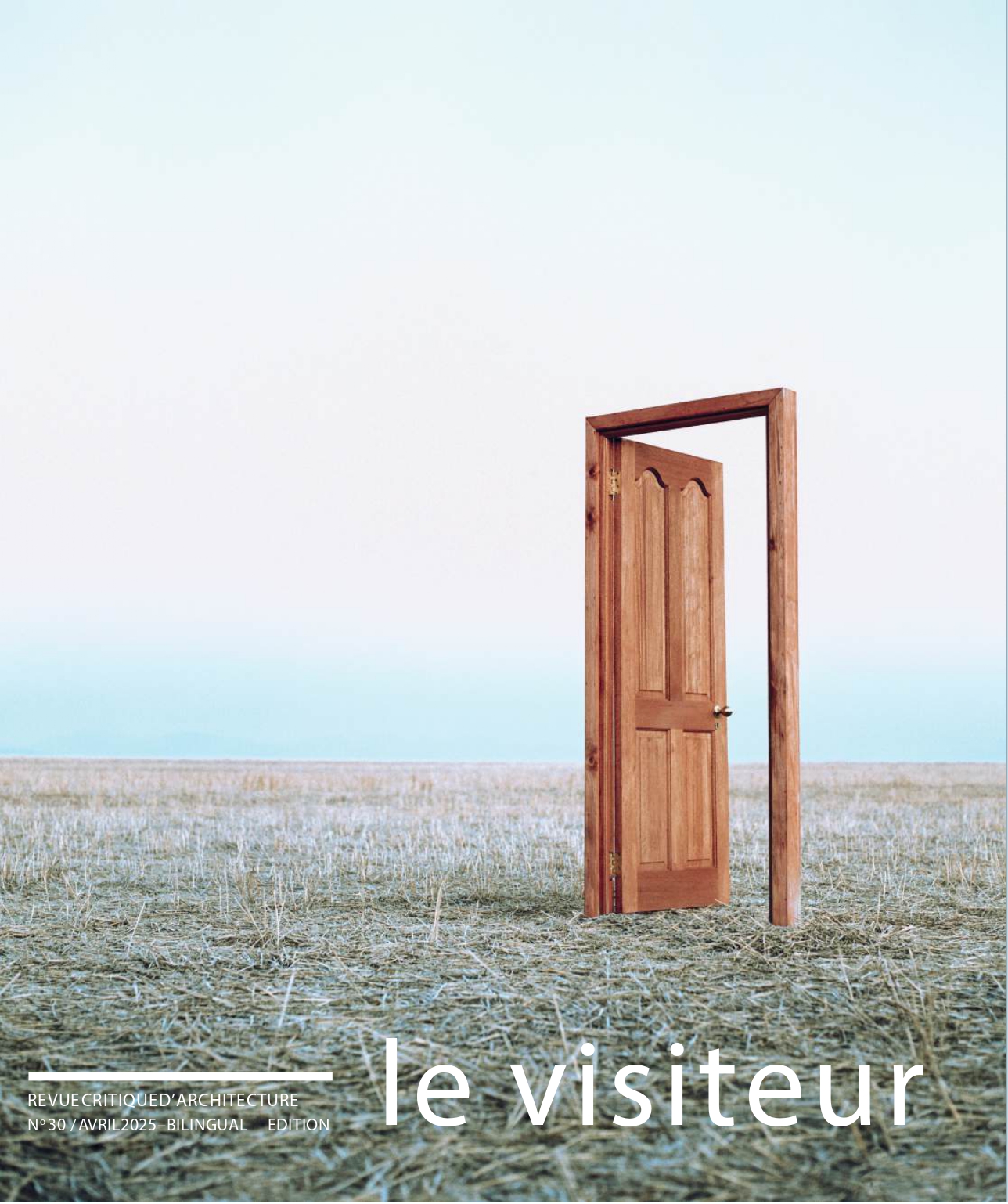
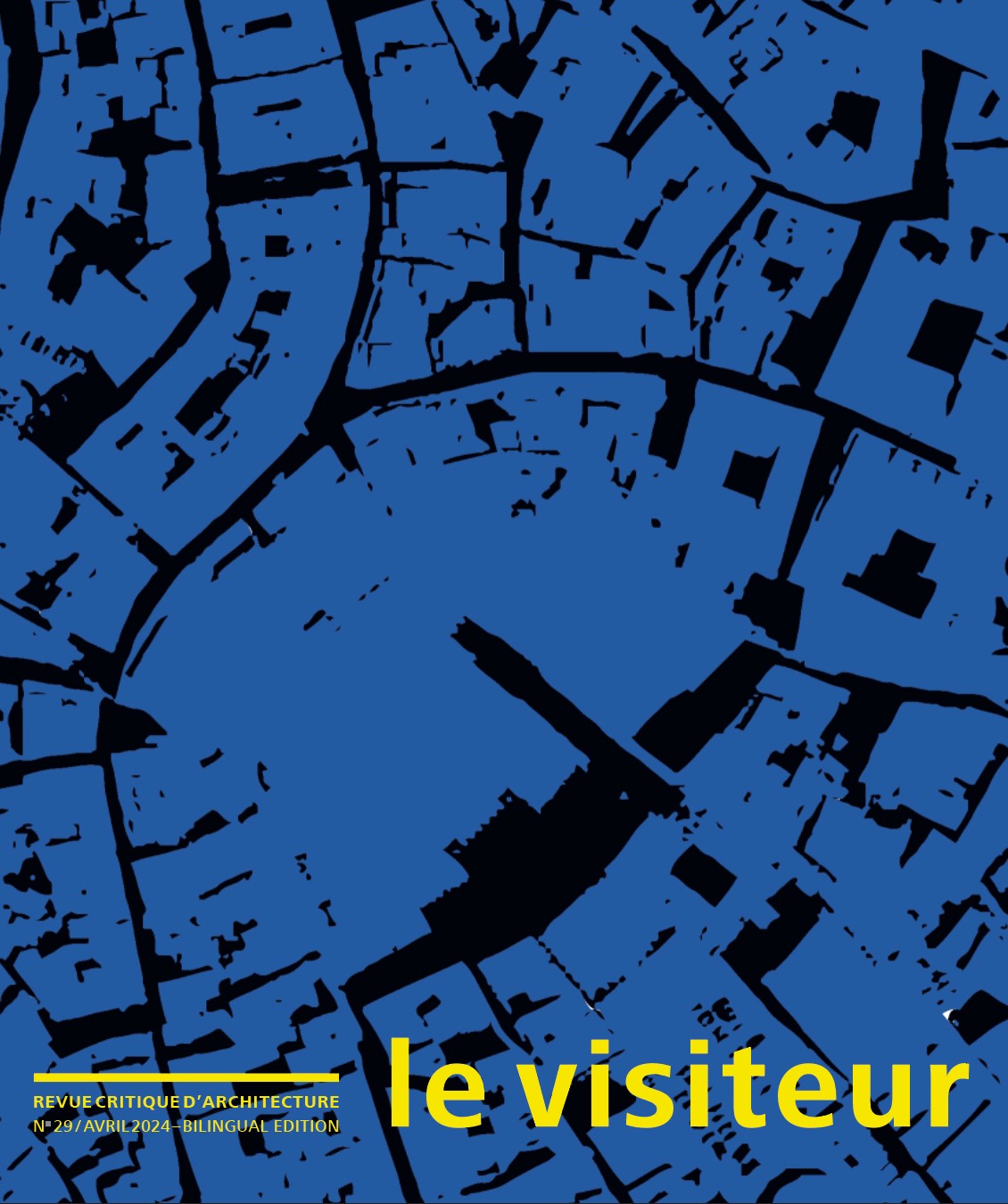
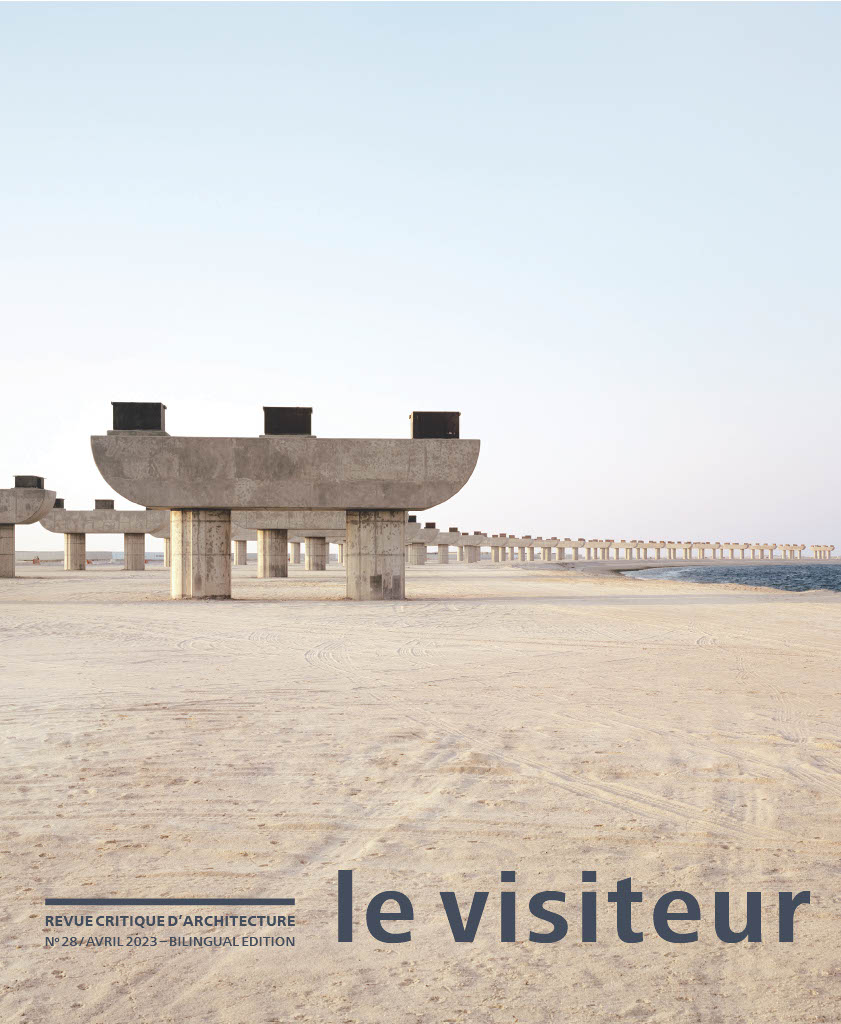
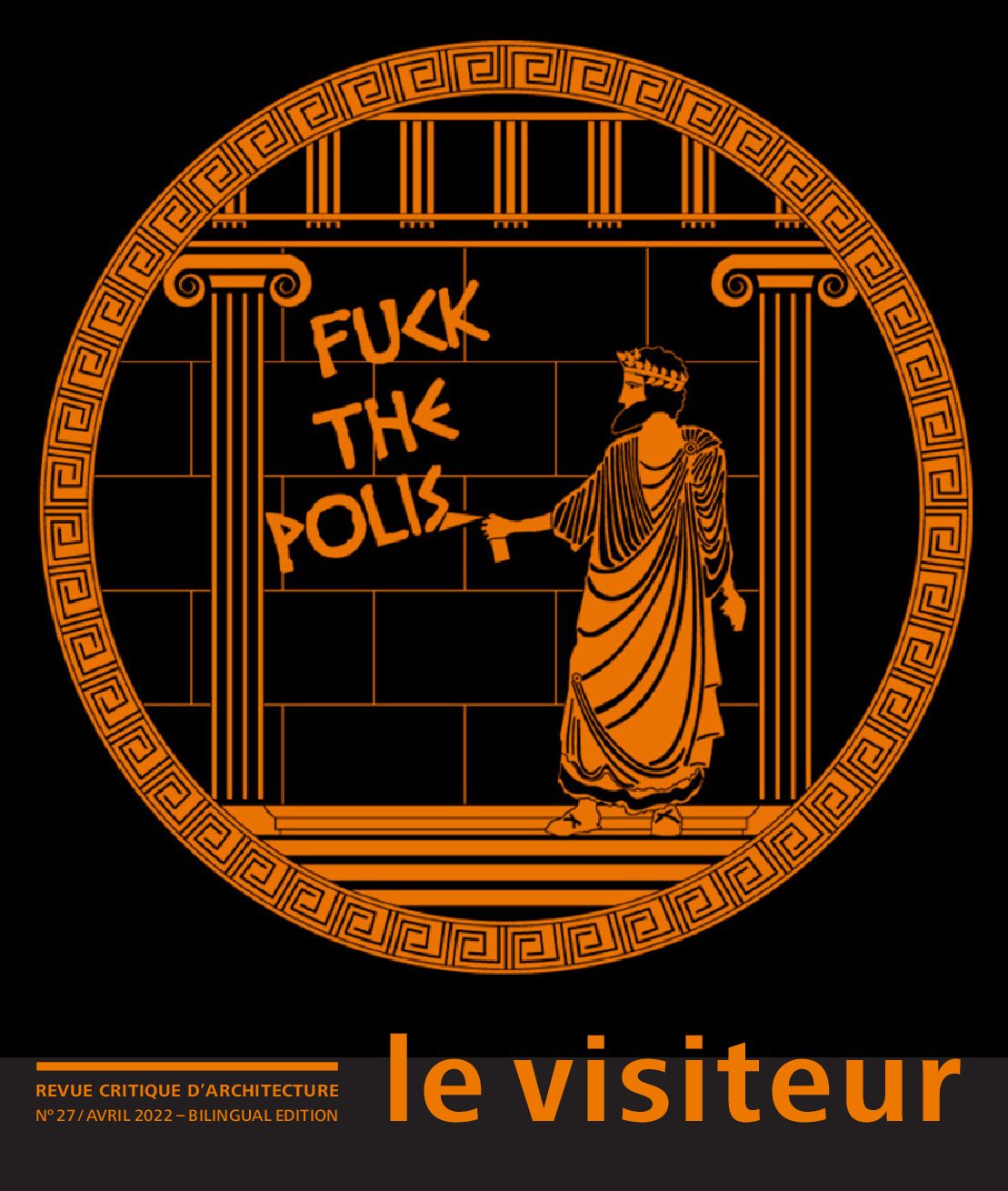
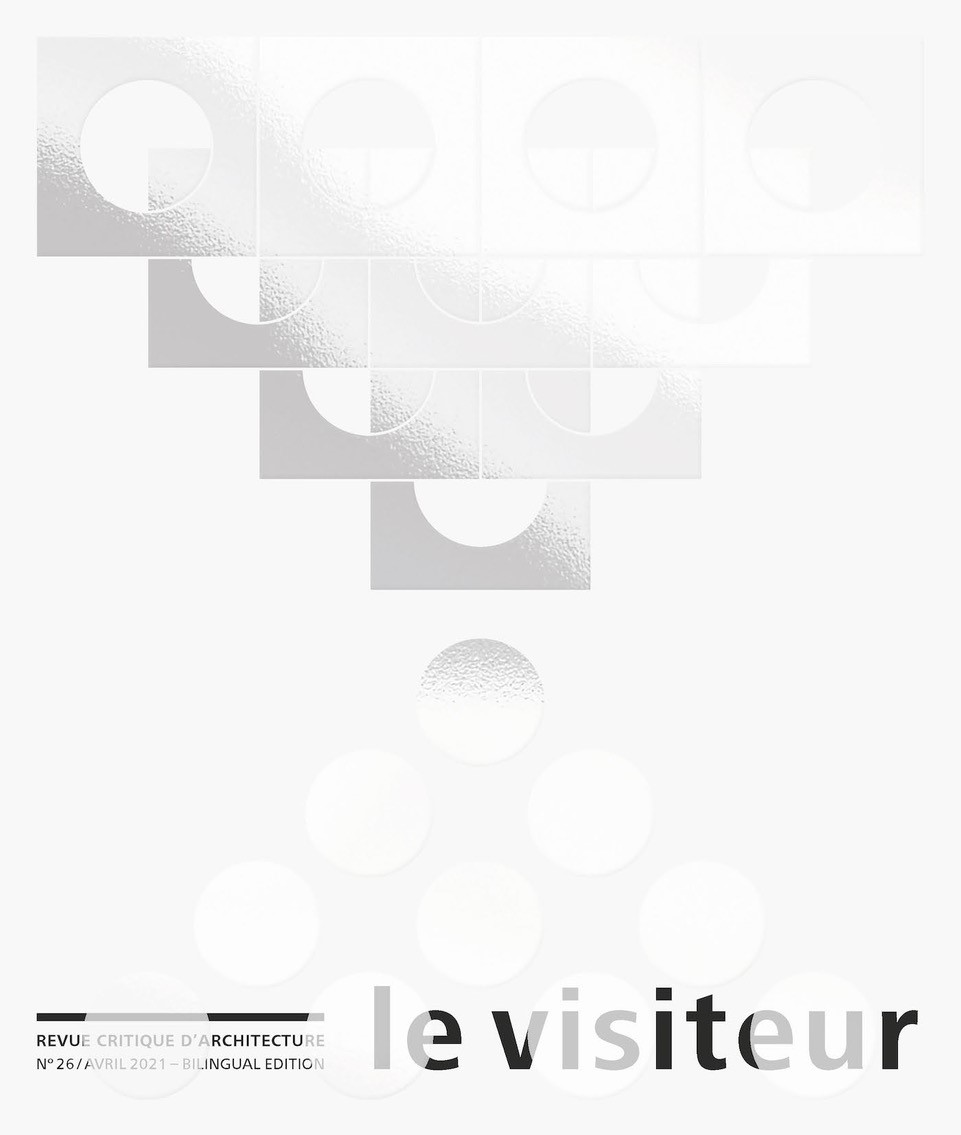
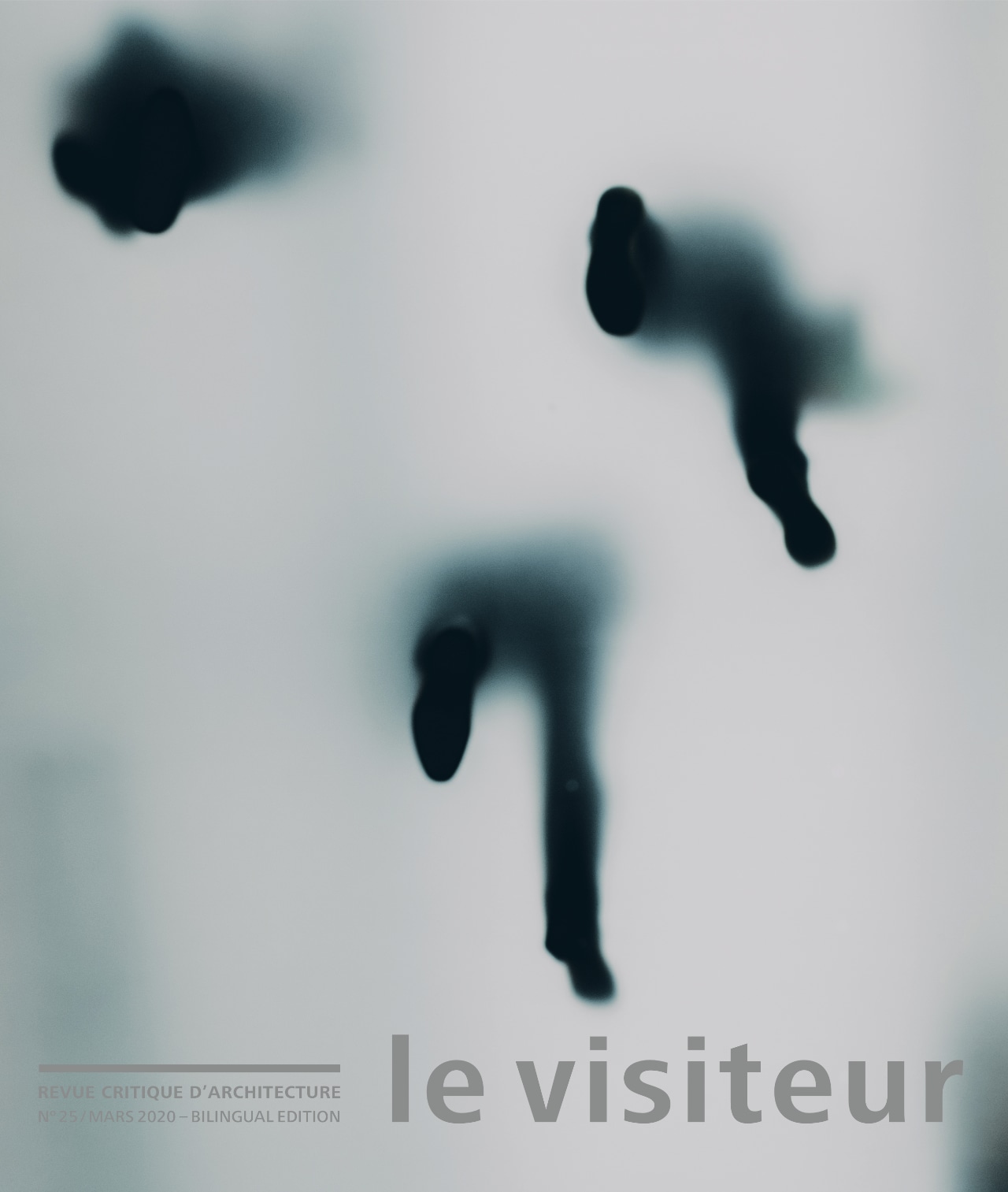
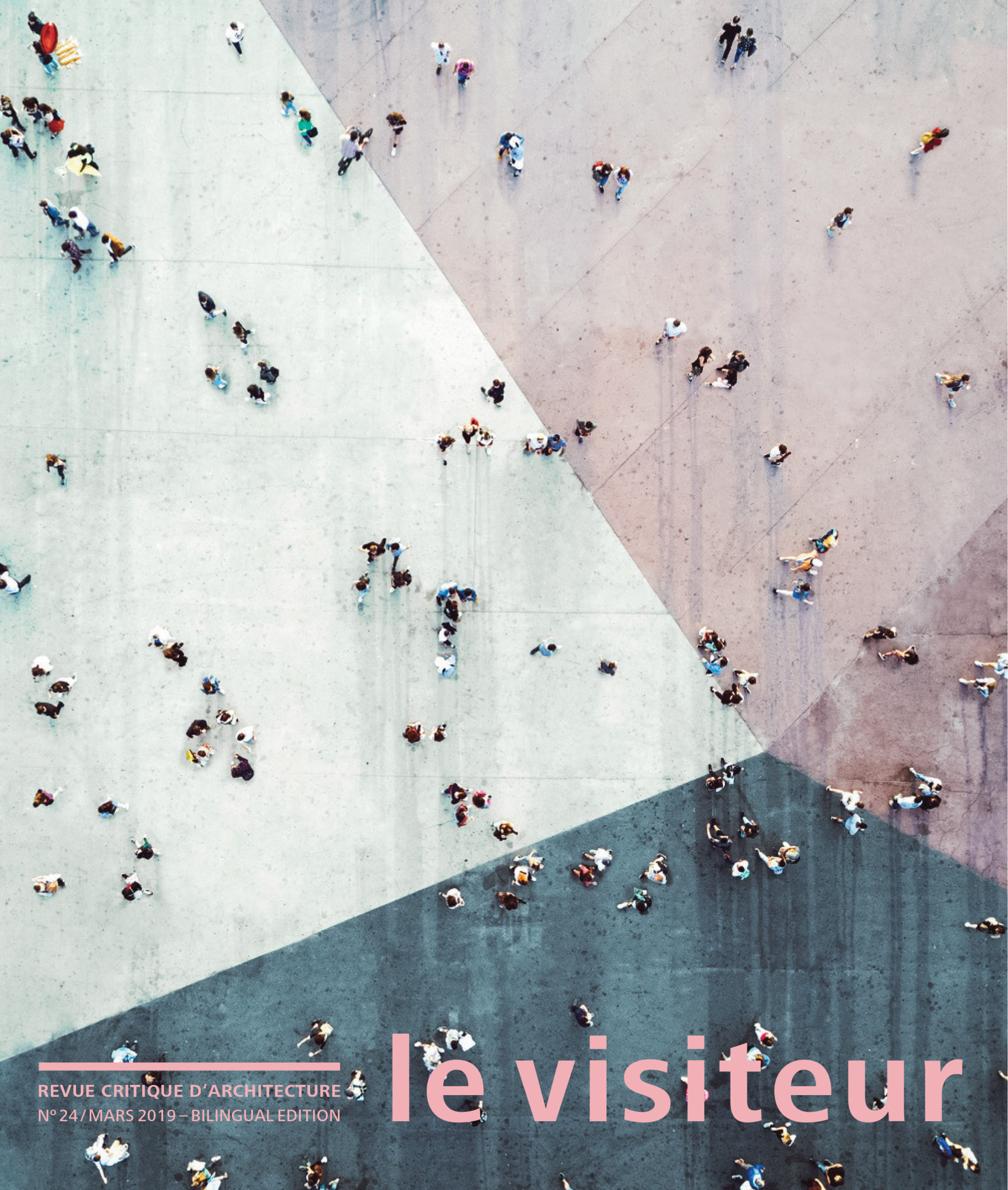

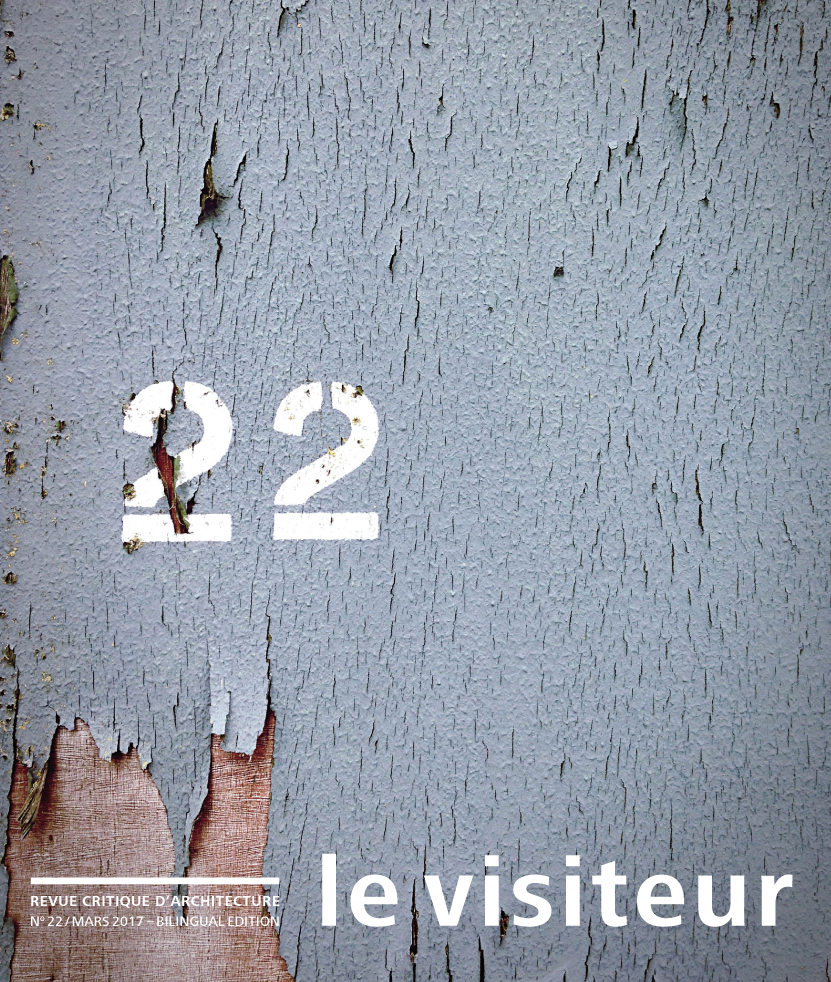

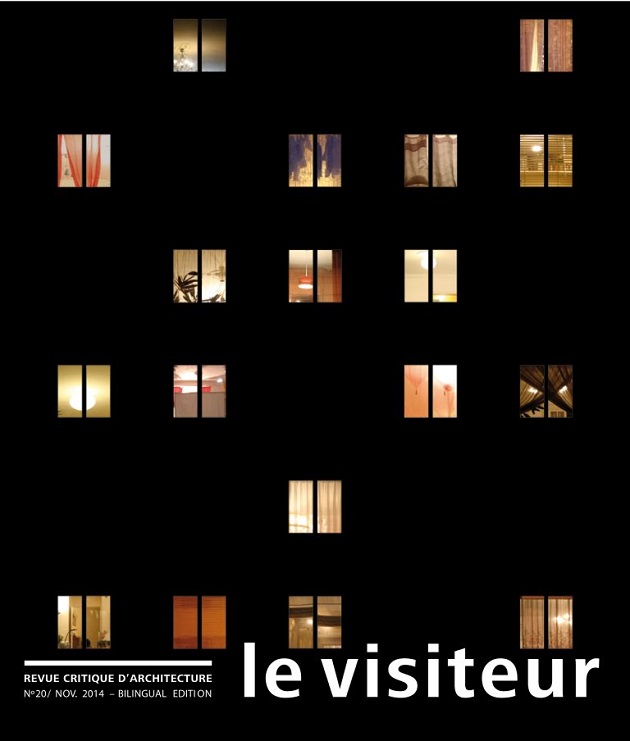


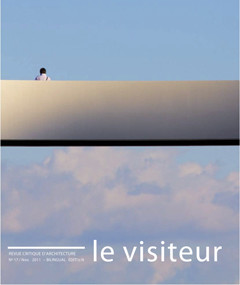
















Reviews
There are no reviews yet.